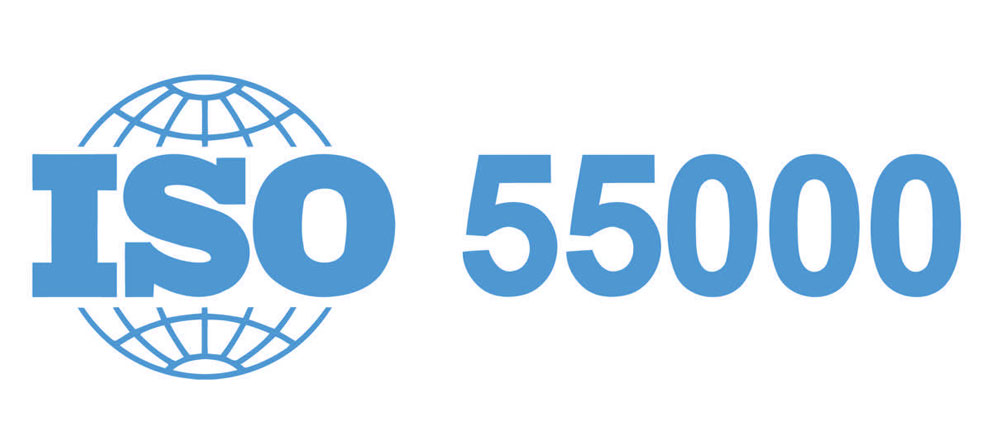ISO 55000 and Asset Investment Planning: Optimizing Performance and Value
Introduction
In today's rapidly evolving business landscape, organizations across industries are recognizing the importance of effective asset management in driving operational efficiency, minimizing risks, and maximizing the value of their assets. The International Organization for Standardization (ISO) has developed the ISO 55000 series, which provides a comprehensive framework for asset management practices. One crucial aspect of asset management covered by ISO 55000 is asset investment planning. In this blog article, we will explore the relationship between ISO 55000 and asset investment planning and discuss how organizations can leverage this combination to optimize asset performance, mitigate risks, and achieve long-term strategic goals.
- Understanding ISO 55000: ISO 55000 is a globally recognized standard that provides a systematic approach to managing assets throughout their lifecycle. It encompasses three key standards: ISO 55000 (Asset Management - Overview, Principles, and Terminology), ISO 55001 (Asset Management - Requirements), and ISO 55002 (Asset Management - Guidelines for the Application of ISO 55001). ISO 55000 emphasizes a holistic and strategic approach to asset management, focusing on achieving value, aligning with organizational objectives, and managing risks effectively.
- The Importance of Asset Investment Planning: Asset investment planning is a critical component of ISO 55000 and involves strategically allocating resources to maximize the value and performance of assets. It encompasses activities such as identifying investment needs, prioritizing investment options, evaluating risks and returns, and developing long-term asset management plans. Effective asset investment planning helps organizations optimize their asset portfolios, balance short-term financial constraints with long-term goals, and make informed decisions about investments, maintenance, and replacements.
- Aligning Asset Investment Planning with ISO 55000: ISO 55000 provides a robust framework for organizations to develop their asset management practices, including asset investment planning. By aligning asset investment planning processes with ISO 55000 principles and requirements, organizations can ensure a systematic and structured approach to decision-making. This alignment enables organizations to consider factors such as risk management, lifecycle costs, performance objectives, stakeholder requirements, and regulatory compliance while developing their investment plans.
- Optimizing Performance and Value: By integrating asset investment planning into their ISO 55000-based asset management practices, organizations can optimize asset performance and value in several ways. Firstly, they can prioritize investments based on a thorough understanding of asset condition, criticality, and performance targets, ensuring that resources are allocated where they are most needed. Secondly, they can assess investment options using a comprehensive evaluation framework that considers factors such as financial viability, impact on service delivery, and long-term sustainability. This helps organizations make informed decisions that balance short-term costs with long-term value.
- Mitigating Risks and Ensuring Compliance: Asset investment planning, when aligned with ISO 55000, enables organizations to effectively manage risks and ensure compliance with regulatory requirements. By considering risk factors and their potential impact on asset performance, organizations can develop risk mitigation strategies and allocate resources accordingly. This proactive approach to risk management helps prevent unexpected failures, reduces downtime, and safeguards the organization's reputation. Additionally, organizations can demonstrate compliance with relevant regulations and standards by incorporating them into their asset investment planning processes.
ISO 55000 provides organizations with a comprehensive framework for asset management, encompassing various aspects of asset lifecycle management, including asset investment planning. By aligning asset investment planning processes with ISO 55000 principles and requirements, organizations can optimize asset performance, maximize value, and mitigate risks effectively. By integrating risk management, performance objectives, and regulatory compliance considerations into their investment decisions, organizations can make informed choices that align with their strategic goals and ensure the long-term sustainability of their assets. Embracing ISO 55000 and implementing robust asset investment planning practices is a proactive step towards achieving operational excellence, delivering value to stakeholders, and maintaining a competitive edge in today's dynamic business environment.







